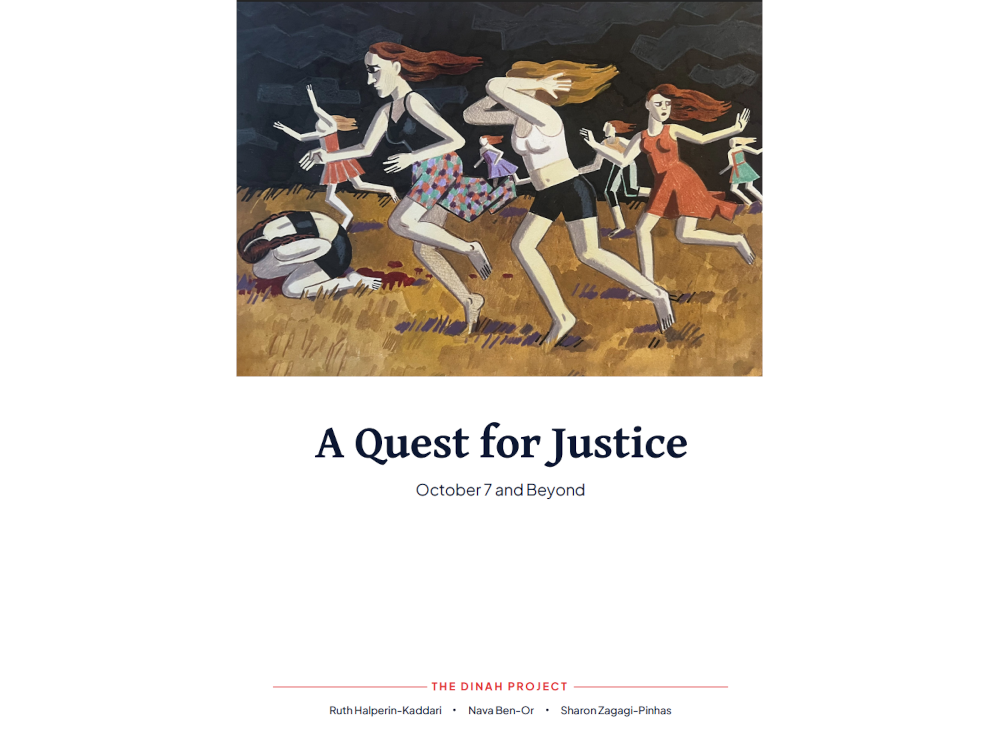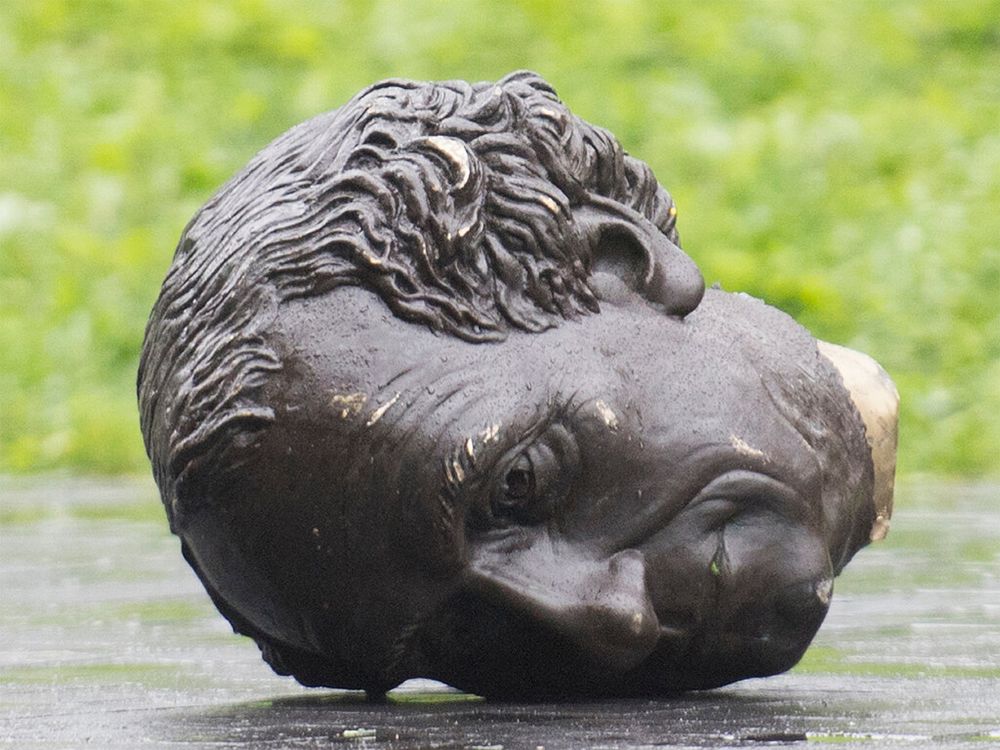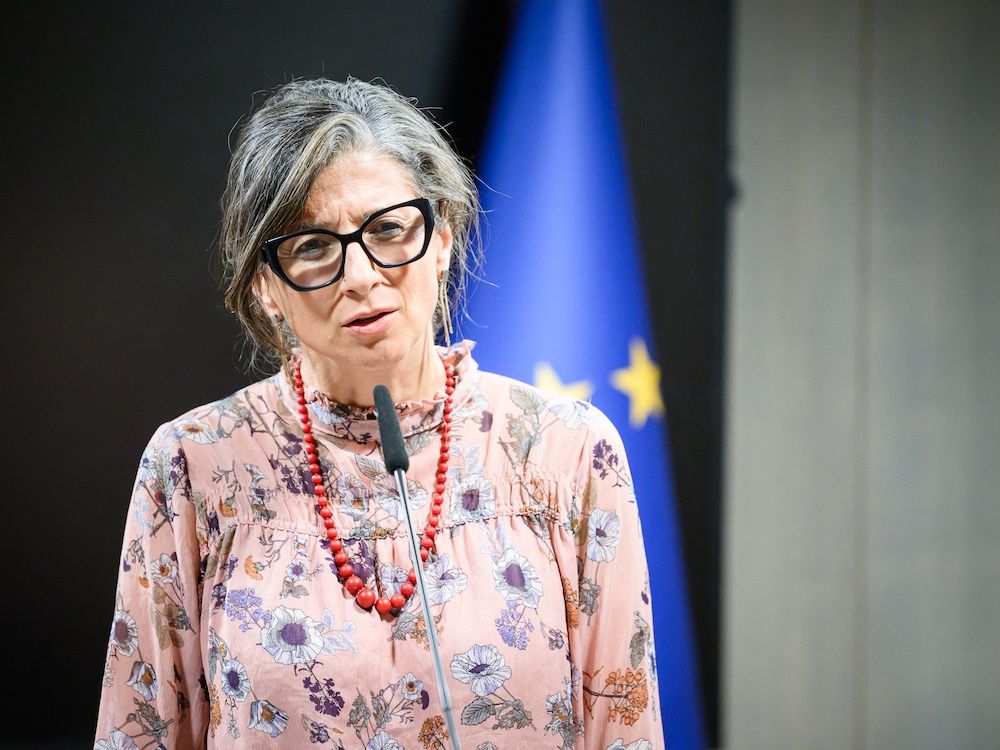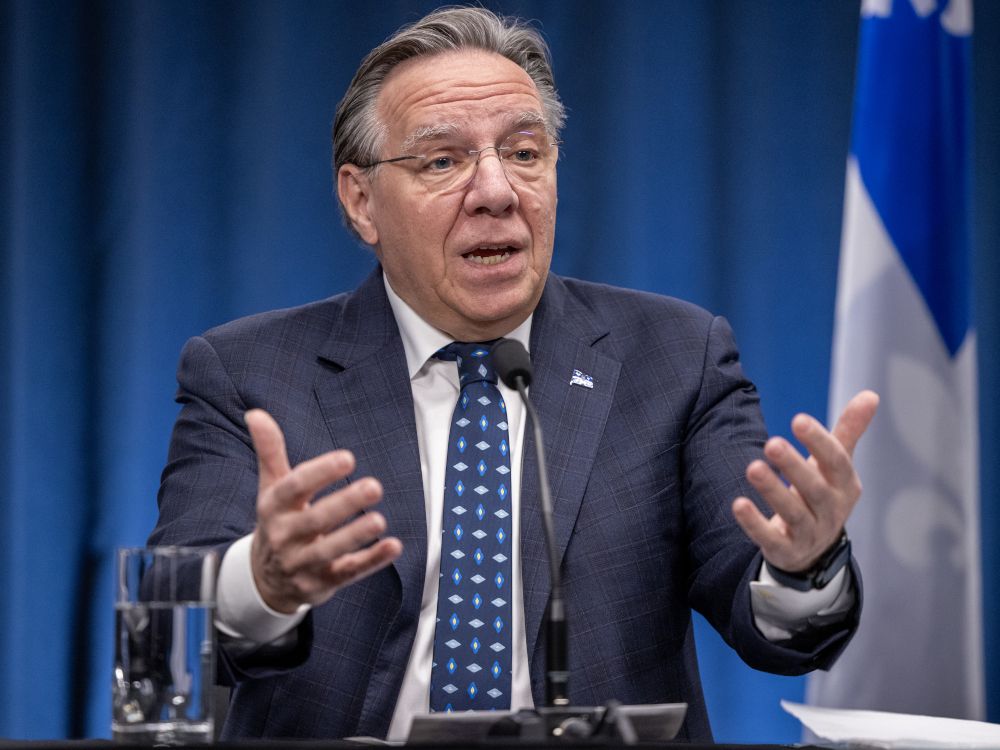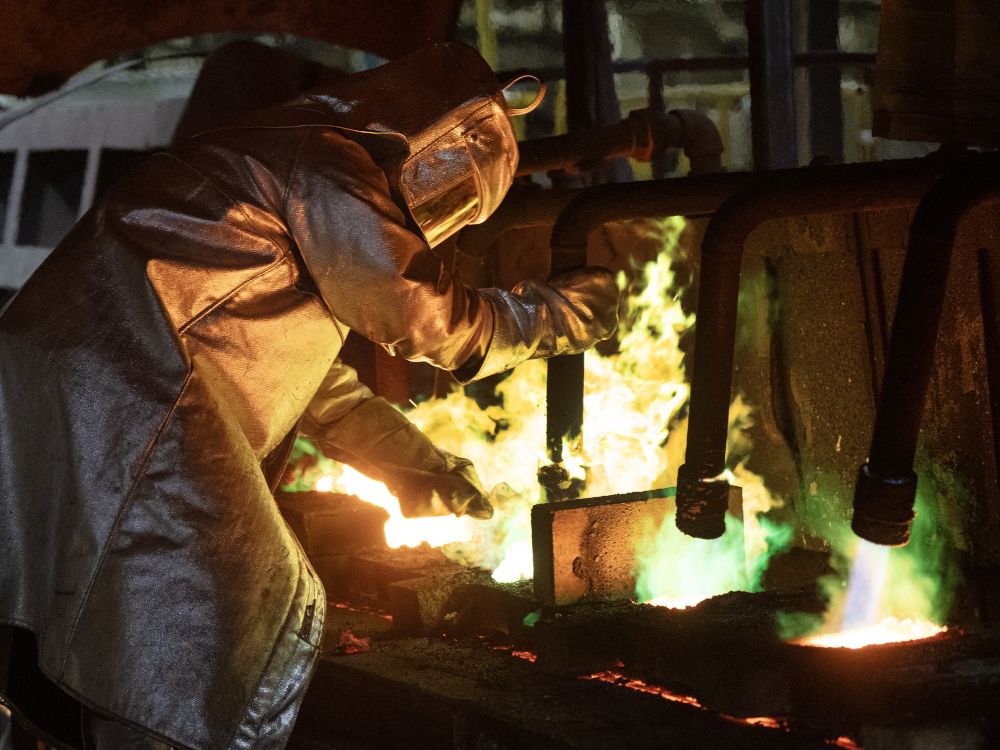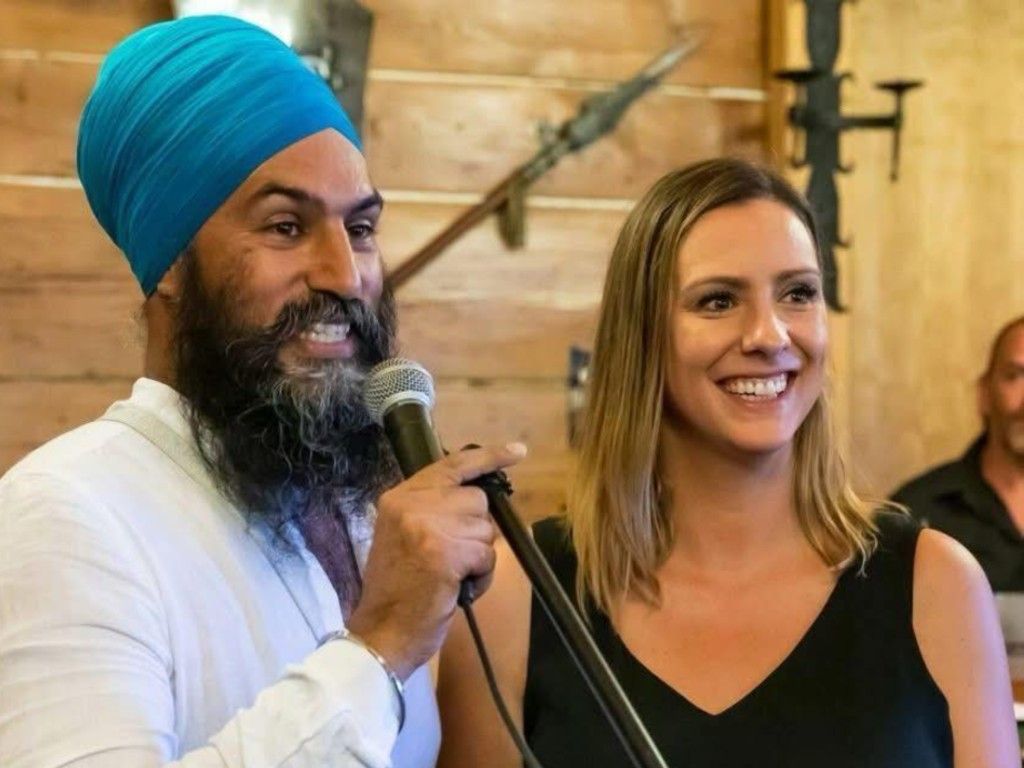
What if the NDP had a leadership race and no one showed up to vote? While this is an obvious exaggeration on my part, it may not turn out to be that far from the truth.
A recent Research Co.
included a question about favourable and unfavourable opinions of potential NDP leadership candidates running to replace Jagmeet Singh. Former NDP MP and House Leader Ruth Ellen Brosseau had the
rating with 18 per cent, followed by MP Jenny Kwan (17 per cent), MP Heather McPherson (16 per cent) and former MP/Vancouver Mayor Kennedy Stewart (16 per cent). Conversely, left-wing filmmaker and activist Avi Lewis had the
rating with 16 per cent, followed by Stewart at 15 per cent and four candidates at 14 per cent: Kwan, McPherson, former B.C. MLA/MP Nathan Cullen and MP Gord Johns.
That’s not the interesting part, however.
Every single potential NDP leadership candidate
above 50 per cent when it came to this response,
“I don’t know who this person is.”
The highest was Johns at 59 per cent, which makes sense, since he’s one of the least well-known names. Close behind was Lewis, one of the more well-known names, who was tied with MP Leah Gazan at 58 per cent. Other notable candidates like Cullen (55 per cent), Brosseau (54 per cent) and Kwan (53 per cent) suffered a similar fate.
These numbers will likely change once the leadership race is off and running. It still doesn’t excuse the fact that it’s an embarrassing start to this forthcoming campaign. Then again, we shouldn’t be surprised by the NDP’s dismal state of affairs. The party is a shell of its former self. It’s broken in ideology, popular support and ability to
its national campaign expenses. While it’s not dead or dying right now, it’s certainly been on political life support for quite some time.
Singh’s leadership is the main reason for the NDP’s decline. He took the massive electoral gains earned by the late Jack Layton in the 2011 federal election, and partially maintained by Tom Mulcair until 2017, and almost immediately turned them into dust. That takes talent, and not the good kind.
The icing on the cake was this year’s federal election. The NDP dropped from 24 to 7 seats out of a possible 343 ridings. They fell below the 12-seat requirement for official party status in the House of Commons and won’t receive the annual research allowance of $18,600 per member as
in the Parliament of Canada Act. The NDP finished fourth in the popular vote with 6.29 per cent, which meant they were behind the Bloc Québécois, which only runs candidates in one province. To top it off, Singh lost his own seat and immediately resigned.
To provide some additional perspective, this was the worst election result in the party’s history. Even the NDP’s predecessor, the Co-operative Commonwealth Federation (CCF), had a slightly better result in its first election campaign. The party won 7 out of 245 seats, with 8.77 per cent of the popular vote, in the 1935 federal election. Then-CCF leader J.S. Woodsworth, who had served as an Independent Labour MP since 1925, didn’t lose his seat, either.
Some political analysts have suggested Singh’s downfall can be largely attributed to the majority of Canadian progressives holding their collective noses and voting for Liberal Prime Minister Mark Carney as the best choice to take on U.S. President Donald Trump and his tariffs. When he lost traditional NDP support, he had nowhere to go but down. That’s partially true, but far from the entire story. Singh caused immeasurable damage as party leader between 2017 to 2025 that the NDP will struggle to overcome.
For instance, Singh propped up former Prime Minister Justin Trudeau and the Liberals in the supply and confidence agreement for far too long. If he had walked away from this contentious agreement, which ran from March 2022 to Sept. 2024, at a much earlier date, he would have lost his lifeline to government policy but would have earned the respect of many progressive voters. It’s entirely possible that Singh’s NDP could have leapfrogged Trudeau’s Liberals in an election — some polling data seemed to
this — and he could still be an MP and party leader today. Blind ambition, the quest for power, and his desire for a gold-plated pension likely put an end to this.
Singh also took many far-left positions on politics, economics, race, religion and gender as NDP leader. Some of this was in keeping with his party’s ideology, but not all of it. His support for costly, state-run policies like national dental care and pharmacare, which were both rejected by most voters in elections but slid in during the supply and confidence agreement, will cost taxpayers dearly for generations. His obsession with progressive policies — such as
, political correctness, climate change,
,
rejecting the monarchy in favour of republicanism
,
criticism of the Israeli government during the war in Gaza
, and other loony left ideas — likely earned him far more detractors than supporters.
End result? Singh’s ineffective leadership has set back the NDP by at least 2-3 election cycles. Any hope of recovery likely won’t rest with the next unknown party leader chosen at a sparsely attended political convention. Or the one after that, it seems.
National Post




